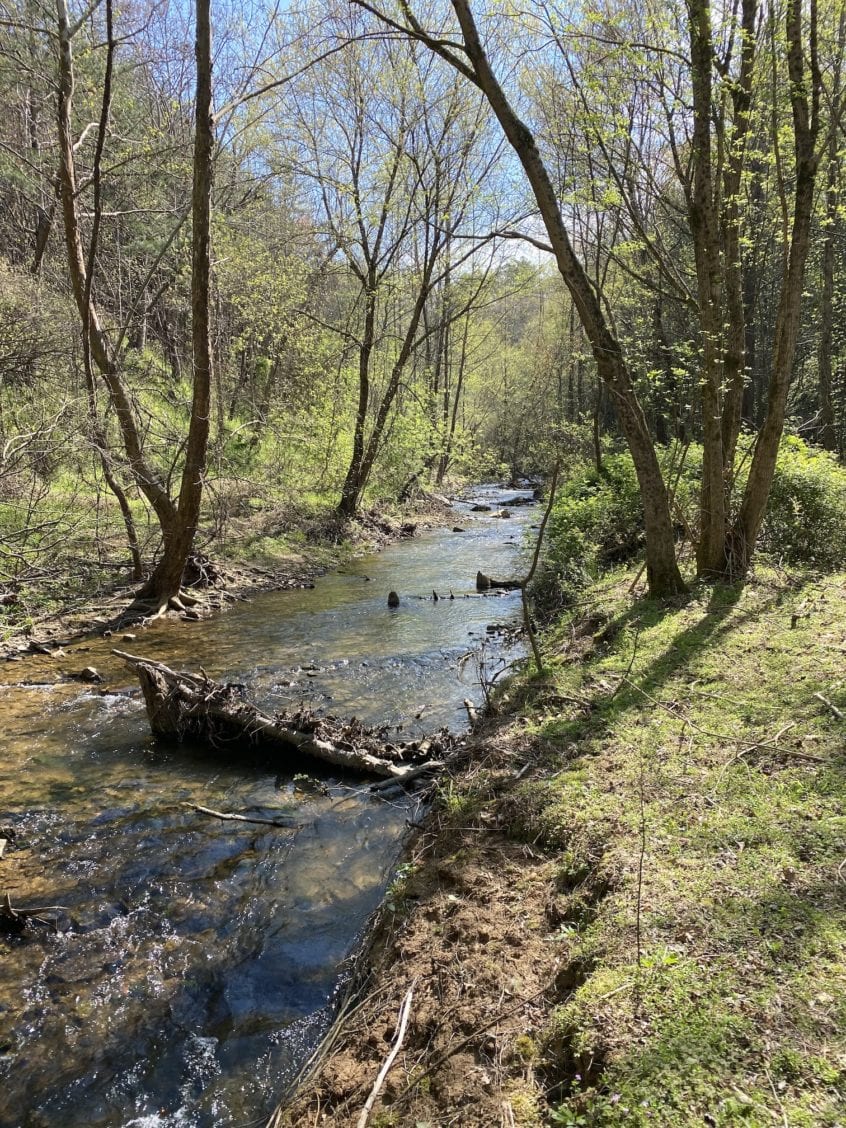
The Importance of Stream and Wetland Mitigation in the Face of Climate Change
Climate change is not only a threat to the success and overall health of stream and wetland mitigation banks but it also sheds light on the importance of healthy stream & wetland systems.
Heavy downpours are increasing nationally and are becoming heavier and more frequent in many areas. This became especially apparent for folks living in the southeast this past Winter. Warmer air is able to hold more water vapor which in turn lends more moisture to rain systems. In fact, for every 1℉ rise in temperature, the atmosphere is able to hold 4% more water vapor. These rain events are causing significantly more flooding to occur. Without stable stream systems, healthy vegetative buffers, & functioning wetlands these weather systems will continue to expose and further destroy unstable stream systems.

In addition to the fact that warmer air can hold more moisture, the jet stream, which controls the majority of weather patterns in North America, is changing rapidly. The jet stream “is essentially the most important weather phenomenon,” says Tim Woollings, lecturer in physical climate science at Oxford University. “If you had to choose only one piece of information to get a handle on the weather in the northern hemisphere… then that would be the jet stream, what it is and where it is going.” Researchers are rushing to further understand and predict changes to weather patterns as the jet stream begins to move and change shape.

For more information on storm projections please visit the U.S. Climate Resilience toolkit. This website will give you the information and tools needed to help you understand and address climate risks that relate to your interests and investments. The Climate Explorer app will give you climate projections by county and help you make more informed decisions. Furthermore, there is even specialized software to help water managers and mitigation professionals alike.
Link: https://toolkit.climate.gov/
Works Cited: